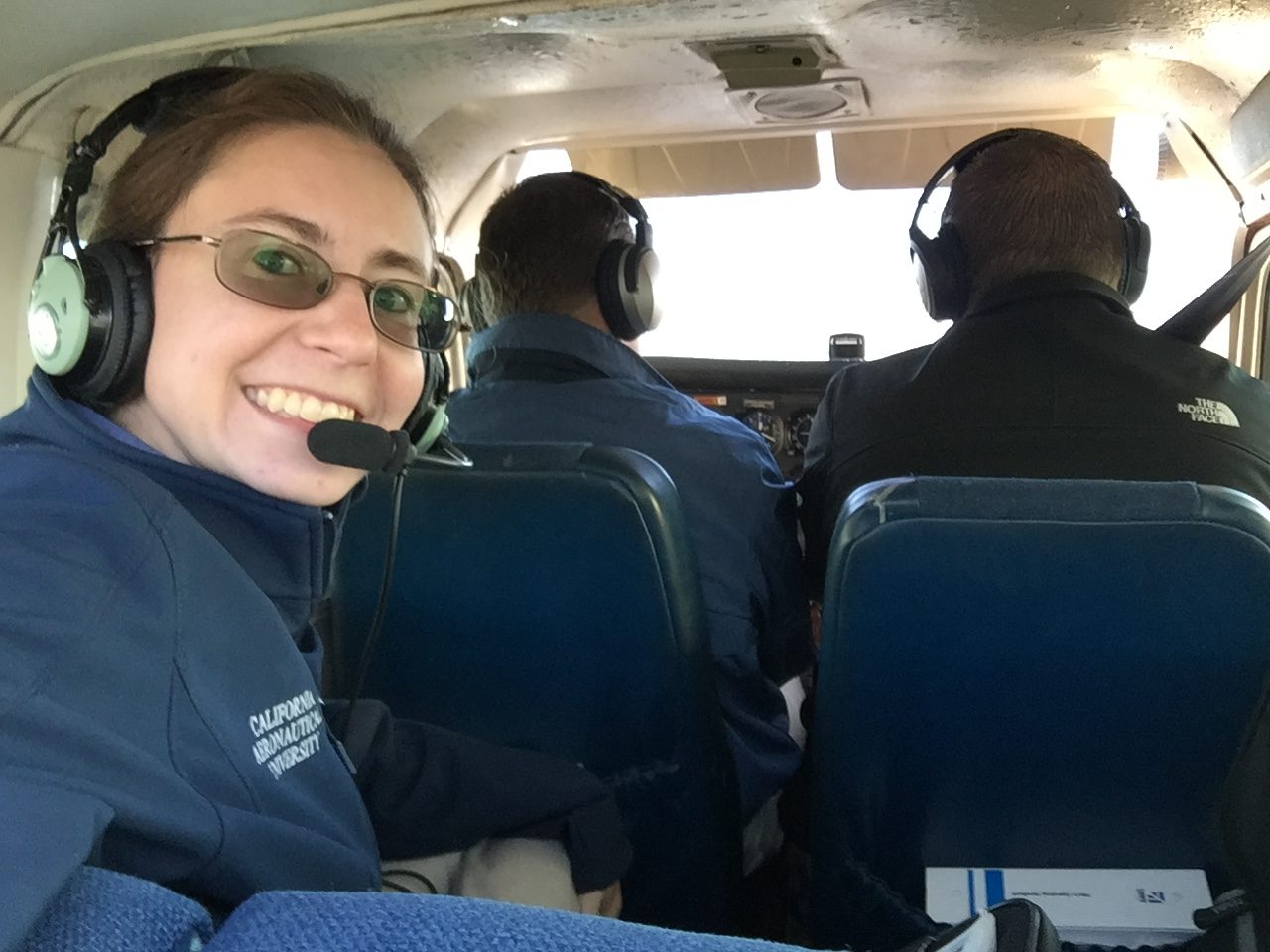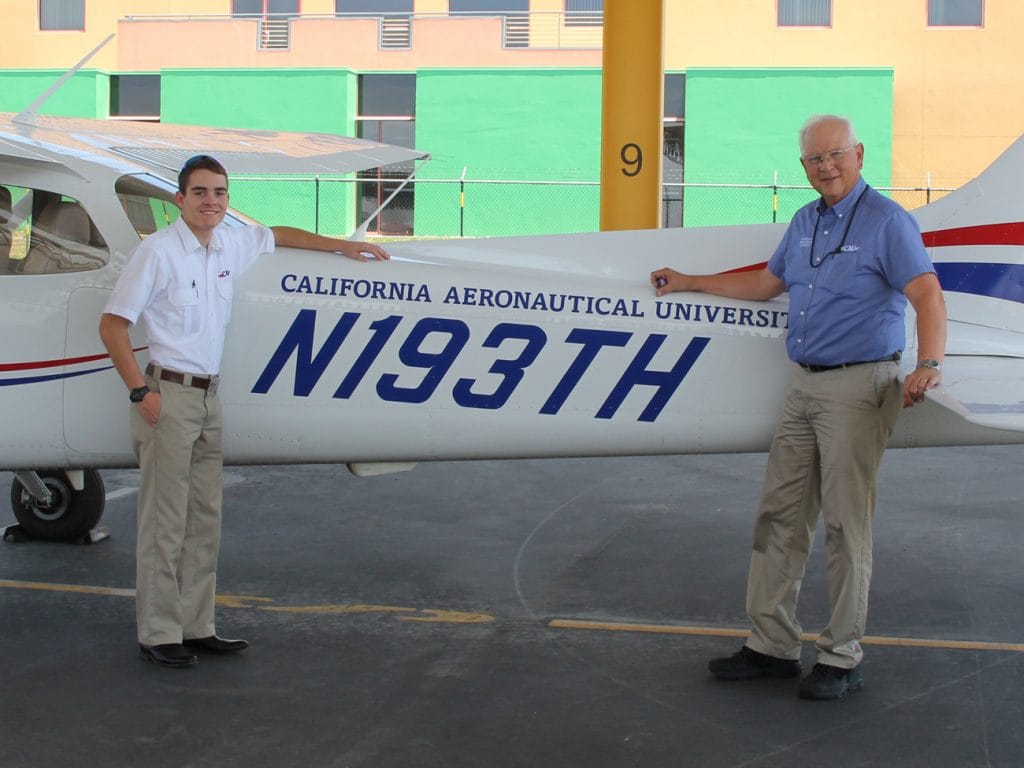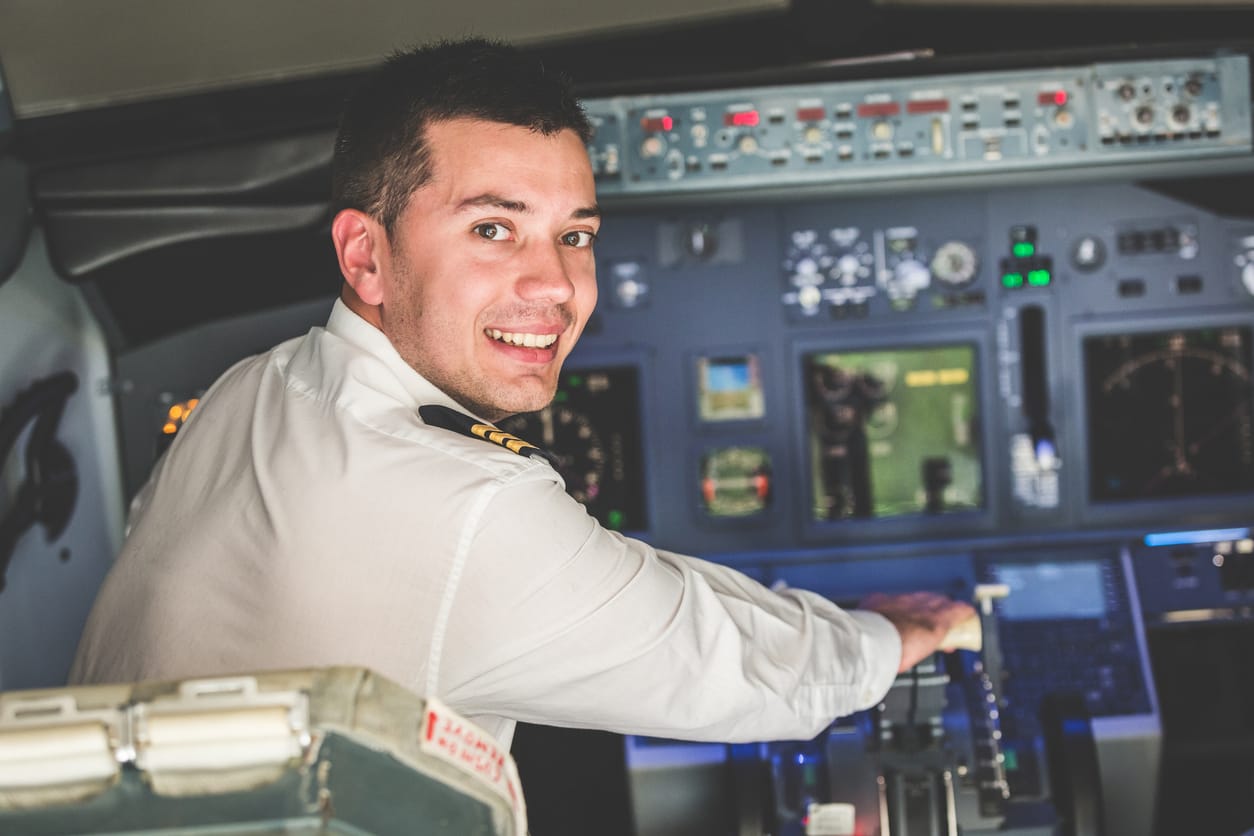For many pilots, becoming a flight instructor is an important career goal which allows them to gain experience, build time, and earn money as a pilot. Completing the Federal Aviation Administration’s (FAA) requirements for becoming a Certified Flight Instructor (CFI) requires commitment, planning, and true dedication to aviation.
However, many pilots are not content to reach this goal and rest. They enjoy having a new quest, conquering another stepping-stone in their career path, and increasing their knowledge within the industry. Some, however, aren’t sure where to go next. Here are some considerations for the next step in aviation life after earning the CFI certificate.
Become a CFI-I or MEI
Some aviators immediately press on to become a “double-I”, which is a Certified Flight Instructor Instrument certificate (CFII). This allows flight instructors to train students in earning their instrument rating. An instrument rating is often the first advanced work a pilot takes on after earning his or her private certificate. It allows the pilot greater latitude in the weather in which he or she can operate. Obtaining an instrument rating is usually a must for pilots who wish to fly professionally. Those who fly on an amateur basis find much greater freedom in holding an instrument rating.
Since the instrument rating is a popular step for both professionals as well as amateurs, flight instructors with authority from the FAA to guide the educational process are usually in high demand. Many flight schools prefer this qualification when hiring new flight instructors. Before the current pilot shortage, the CFI was often a requirement for new hires.
Less prevalent in flight schools is the Multiengine Instructor Certificate (MEI). This enables flight instructors to conduct training for pilots seeing a multiengine certificate. Because multiengine aircraft tend to be more expensive to operate, earning this certificate can require some financial planning. However, aiming for the MEI good for pilots eager to expand their skills as an instructor and who would like to instruct many types of aircraft. One great advantage of having an MEI is the instructor’s ability to log multiengine time while earning money to do so, which is a critical career advantage.
Find a Flight School Job or Go Independent
With a worldwide pilot shortage, jobs as flight instructors are much easier to find than a few years ago. Some flight instructors are interested in pursuing specialized training in a specific brand of aircraft like Cessna, Cirrus, seaplanes, light sport, etc. Some pilots prefer to become flight instructors as a permanent career while others do so in retirement after many years of flying commercial or military aircraft. Other flight instructors take on students as side work, either because they work in adjacent aviation positions, such as air traffic control, or to supplement income in non-aviation work.
Flight instructing is also an option for pilots who have lost medical clearance for other aviation work; a flight instructor may give training without a medical certificate if the other pilot is authorized to operate as pilot in command. Flight instructors are authorized to give flight reviews in aircraft for which they are not authorized to be pilot in command.
Moreover, this flexibility allows many pilots to share knowledge and experience in the cockpit who might otherwise find themselves behind a desk. The majority of flight instructors, however, are early-career pilots seeking to build minimum time requirements for airline or commercial work.
Some flight instructors are freelance; they do not work for a flight school and contract directly with their clients. These CFIs are free to set their own schedules and choose where, when, and with whom to work. They must pay their own flight instructor liability insurance and find their own students. This option offers the greatest freedom to a CFI, but also all the risks that self-employment carries.
New Adventures in Other Aircraft
Flight instructor certificates are category specific. This means that when someone earns a flight instructor certificate, it is specifically for:
- Airplanes
- Rotorcrafts
- “Lighter than air” balloons
- Gliders, or blimps
- Light sport aircraft
Rules for instrument flight instructing also apply in these categories. For example, flight instructors who are CFII in airplanes must take separate coursework and check rides to become a CFII in helicopters. This also applies for Multiengine Instructor Certificates.
Flight instructors for these specialized aircraft may find they are not as in demand as for traditional airplanes. However, for pilots who operate these more unusual aircraft, work as a flight instructor might be a vital income stream which supplements charter or other part-time work.
Stay Humble and Keep Learning
One of the most important aspects to becoming an effective flight instructor is maintaining an attitude of humility. Since becoming a CFI is such an involved and dedicated process, it can become tempting to rest on the accomplishment as a mark of superiority. However, more than just about any career field, complacency in aviation can lead to dangerous missteps.
In order to stay sharp and continue to improve both as an instructor and pilot, the best CFIs understand that learning never stops, no matter how long they have instructed student pilots. An effective flight instructor is always keeping track of industry trends, challenging his or her skills, and paying attention to new technology. This can include attending seminars, reading industry publications, and networking.
Read More:
Ready to soar in your aviation career?
Mr. Matthew A. Johnston has over 23 years of experience serving various roles in education and is currently serving as the President of California Aeronautical University. He maintains memberships and is a supporting participant with several aviation promoting and advocacy associations including University Aviation Association (UAA), Regional Airline Association (RAA), AOPA, NBAA, and EAA with the Young Eagles program. He is proud of his collaboration with airlines, aviation businesses and individual aviation professionals who are working with him to develop California Aeronautical University as a leader in educating aviation professionals.







